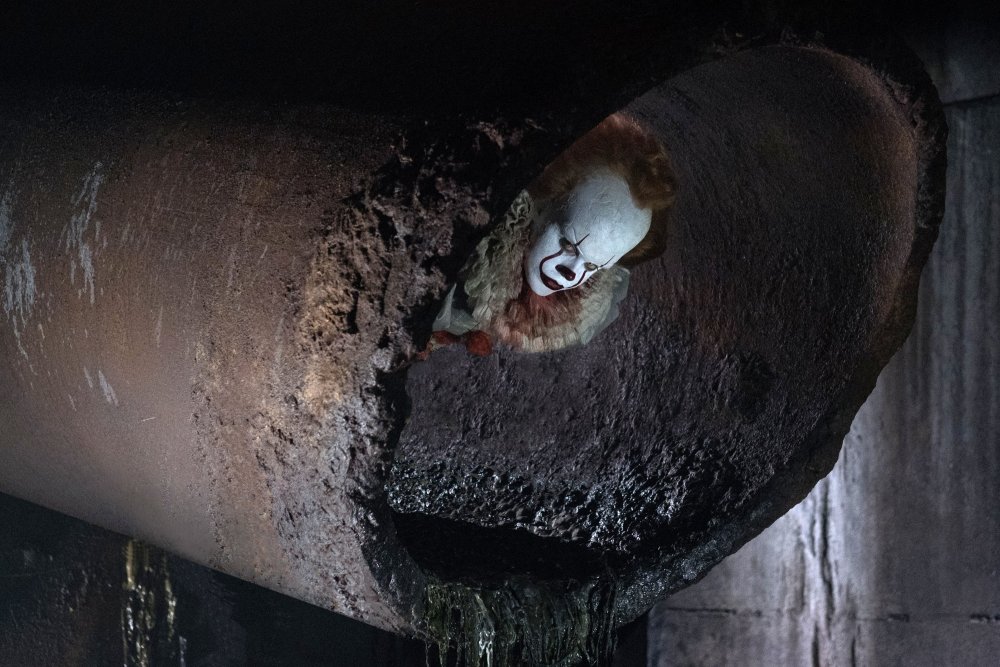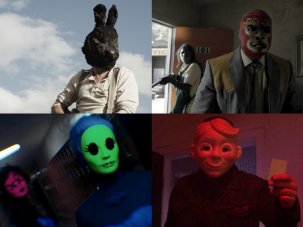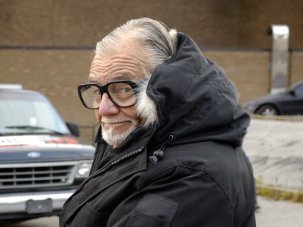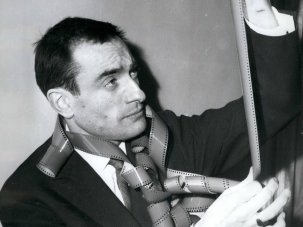First published in 1986, Stephen King’s It is among the author’s most typical works – almost to the point of self-parody. The novel blends the barbed 1950s childhood nostalgia of the tight novella The Body (source for the 1986 film Stand by Me) with the ‘supernatural evil comes to Peyton Place’ format of the vampire novel Salem’s Lot and the Faustian tale Needful Things, while suffering from a bloat that afflicts much of King’s writing from this period (it clocks up more than 1,000 pages).
USA 2017
Certificate 15 135 mins approx
Director Andy Muschietti
Cast
Bill Denbrough Jaeden Lieberher
Ben Hanscom Jeremy Ray Taylor
Beverly Marsh Sophia Lillis
Richie Tozier Finn Wolfhard
Mike Hanlon Chosen Jacobs
Eddie Kaspbrak Jack Dylan Grazer
Stanley Uris Wyatt Oleff
Pennywise Bill Skarsgård
Henry Bowers Nicholas Hamilton
Belch Huggins Jake Sim
Victor Criss Logan Thompson
Patrick Hockstetter Owen Teague
Georgie Denbrough Jackson Robert Scott
Mr. Marsh Stephen Bogaert
Officer Bowers Stuart Hughes
Zach Denbrough Geoffrey Pounsett
Sharon Denbrough Pip Dwyer
[2.39:1]
UK release date 8 September 2017
Distributor Warner Bros UK
► Trailer
Like Salem’s Lot and The Stand, It was originally considered too much of a doorstop to be suitable for a feature film – the unsatisfactory movie of Peter Straub’s Ghost Story in 1981 served as an example of how outstanding material in this vein could go awry. So It became a 1990 TV miniseries directed by Tommy Lee Wallace, with Tim Curry memorable as archetypal evil clown Pennywise, the ‘It’ of the title.
Just as Pennywise returns to terrorise the Maine town of Derry every 27 years, so King properties come around again, put on fresh fright masks and set out to scare new generations. Developed by director Cary Joji Fukunaga (True Detective), who shares a screenplay credit with Chase Palmer and Gary Dauberman, this new Iteration is crafted by director Andrés Muschietti (of Mama) as an expert succession of non-sequitur spook scenes in which kids are confronted by exaggerated forms of their worst nightmares – a painting of a twisted woman comes to life to pursue Jewish Stan, a shambling leper drools over hypochondriac Eddie, and so on – until they band together to venture into the underworld and put a stop to the clown. The end credits amend the title to It: Chapter One, because this adapts only the flashback sections of the novel. Ironically, the childhood golden age of the protagonists is now shifted from the 1950s to a few years after the publication of the book, and rock ’n’ roll and I Was a Teenage Werewolf are replaced by New Kids on the Block and Freddy Krueger.
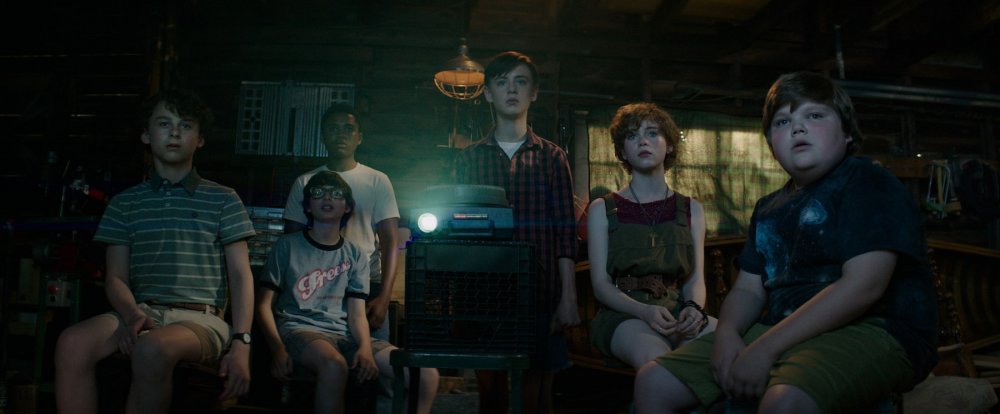
In tone, plot details and even the casting of Finn Wolfhard as one of the misfit ‘Losers Club’, this half-an-It has many parallels with the Netflix miniseries Stranger Things, which similarly evokes an Arcadian world of 1980s childhood defined by clunky videogames, bike rides out of E.T., Walkman cassettes and satanic (or just plain ordinary) child abuse.
Muschietti is too intent on jump scares to conjure up (one swimming scene aside) the glow or whimsy with which King leavens the horrors, and copes with the repetitive nature of what he can use of the plot by ramping up the grotesquerie even for the non-supernatural menaces. Bill Skarsgård’s rabbit-toothed, merry malevolence works best without CGI augmentation, though Pennywise is impressive when swollen to giant size. However, regular folks – whether influenced by It or not – can be even more terrifying, such as the junior heroine’s incest-minded father, Eddie’s swollen Munchausen-Syndrome-by-proxy mom or the jittery psychopathic school bully who becomes Pennywise’s most devoted (but fairly useless) acolyte.
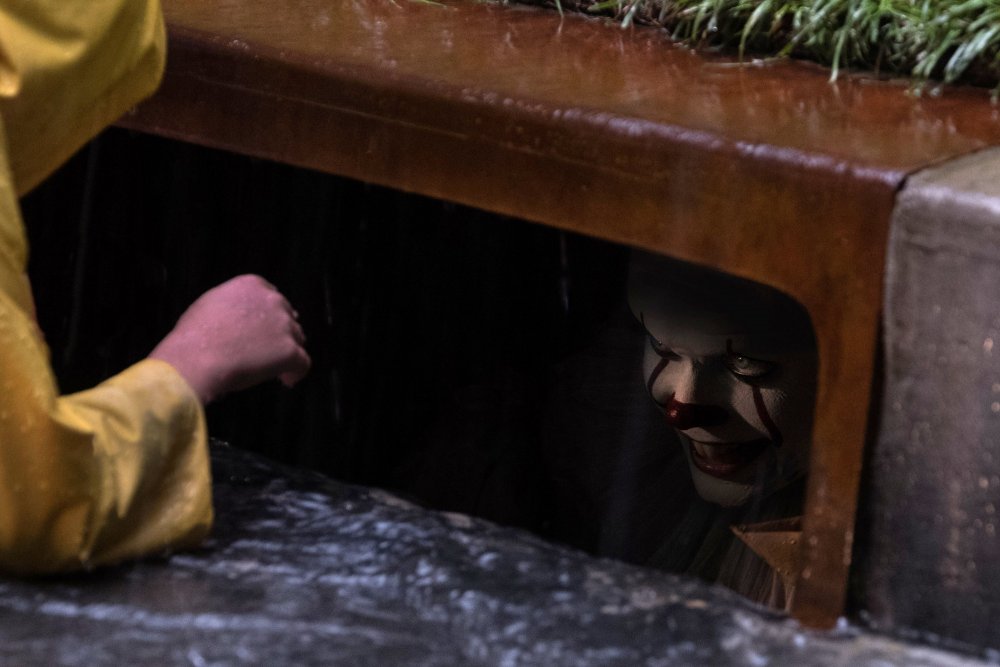
Saved for Chapter Two is the meat of the story, when the adult Losers – Richie foresees that by 2016 he’ll be 40 and living as far away from Derry as possible – get back together Big Chill fashion to take one last swing at the monster. Without even the trace of a frame story like the one provided by Richard Dreyfuss at a word processor in Stand by Me, this half of It does seem like an extended set-up for a payoff delayed until the next film – and, at 135 minutes, it’s still among the longest theatrically released American horror films on record. This It feels a little too much like pastiche, with its window on to an 80s informed by King as much as any other creator but a little further along the path to cartoonishness than the novel or the TV miniseries.
In the October 2017 issue of Sight & Sound
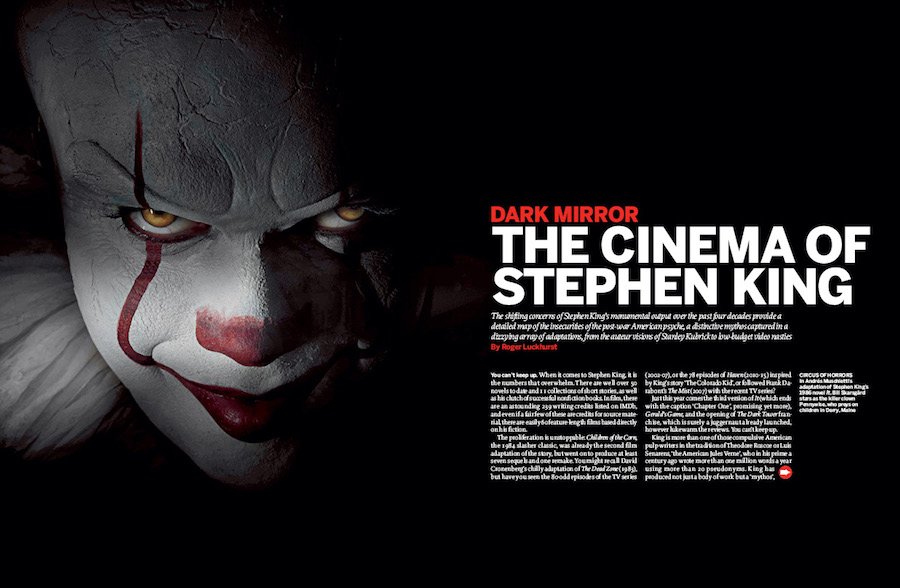
The cinema of Stephen King
The shifting concerns of Stephen King’s monumental output over the past four decades provide a detailed map of the insecurities of the post-war American psyche, a distinctive mythos captured in a dizzying array of adaptations, from the auteur visions of Stanley Kubrick to low-budget video nasties. By Roger Luckhurst.
+ Tales from the dark side
In his reliance on archetypal characters caught in epic battles between good and evil, Stephen King has made a career of reworking story structures taken directly from the world of fairytales. By Kelli Weston.
-
Sight & Sound: the October 2017 issue
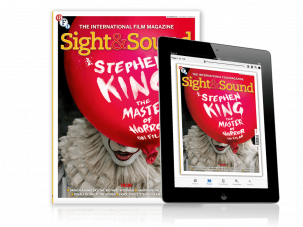
The cinema of Stephen King, plus female desire at the movies, Hanif Kureishi on Peter Sellers’ Indian characters, Darren Aronofsky on Mother and...
-
The Digital Edition and Archive quick link
Log in here to your digital edition and archive subscription, take a look at the packages on offer and buy a subscription.




